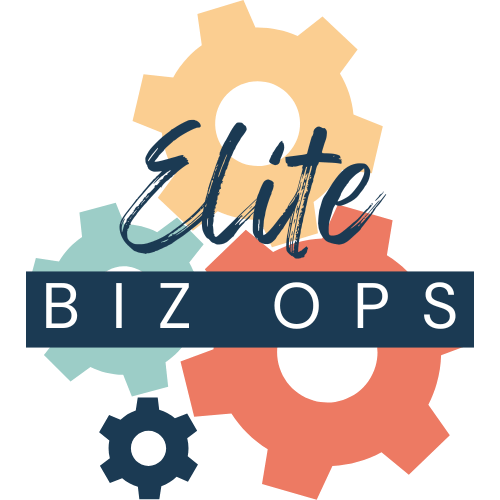
Imagine standing on the edge of a canyon, your goals and vision on the other side. The only way to cross is to build a bridge.
The Implementation Gap is the void between where you are and where you want to be. When you try to tackle it all at once—hauling planks, hammering nails, and hoping it all holds—you risk burnout, frustration, and a shaky structure at best. But by focusing on laying down one plank at a time, you ensure each piece is secure, strong, and capable of supporting the next step.
As you step onto each completed plank, you build momentum. You feel progress beneath your feet, and the gap begins to shrink. Piece by piece, your bridge takes shape—connecting you to your goals and giving you the confidence to tackle more significant challenges.
By the time you reach the other side, you’ll have more than just a completed bridge. You’ll have built a process, a mindset, and a system that you can rely on to tackle future gaps and continue moving forward. Just like any well-built bridge, success doesn’t come from rushing—it comes from deliberate, focused effort, one plank at a time.
In this post, we’ll explore what causes the Implementation Gap, why it’s holding your business back, and how to turn your vision into action for sustained growth.
Every business journey begins with a vision—a dream of where you want to go and what you want to achieve. This is where so many business owners get stuck.
How to Close the Implementation Gap and Drive Business Growth
Bridging the gap between strategy and action starts with simplifying complexity into manageable steps. Instead of tackling everything at once—like attempting to renovate an entire house in one weekend—focus on breaking big goals into smaller, actionable tasks that build momentum.
Prioritize progress over perfection and create task lists that clarify what needs to be done and by whom. Assigning ownership of tasks ensures everyone knows their role, preventing delays and confusion.
Finally, make progress visible using tools and dashboards to track key metrics. This keeps your team aligned and highlights small wins, creating motivation and a clear path toward achieving your larger vision. By combining focus, clarity, and visibility, you can effectively close the gap between planning and execution.
Why the Implementation Gap Holds Businesses Back and How to Overcome It
The Implementation Gap leaves businesses stranded between vision and reality, making progress feel uncertain and risky. This gap often emerges from being overwhelmed, lacking clarity, or having poorly designed systems, causing even the best ideas to stall.
For example, a business with brilliant marketing strategies might fail to execute them effectively due to unclear processes, leaving potential revenue untapped. The cost of inaction compounds over time, affecting everything from revenue growth to team morale and customer satisfaction, much like being stuck halfway across a bridge with no way forward.
Overcoming this gap requires intentional action: streamlining workflows, assigning clear roles, and implementing scalable systems that turn plans into progress. Tools like a CRM system can transform disorganized operations, such as client onboarding, into seamless, efficient processes, ensuring businesses build their bridge and successfully cross it to sustained growth.
Tools and Strategies to Close the Implementation Gap for Sustainable Growth
Closing the Implementation Gap requires preparation, just like running a marathon. Even the best intentions falter without the right tools, systems, and support.
Robust systems act like a well-oiled machine—every cog plays a role in ensuring smooth execution. Tools like project management platforms like Hive or Asana help teams stay organized, automated workflows eliminate bottlenecks, and solutions like QuickBooks simplify financial tracking. Leveraging these technologies transforms chaos into clarity, empowering businesses to focus on execution. However, tools alone aren’t enough.
Empowering your team through training, clear communication, and a sense of ownership ensures these systems are used effectively. Together, these strategies create a foundation for sustainable growth, enabling businesses to confidently move from planning to action.
Closing the Gap
Take the story of Lisa, the owner of a consultancy firm. Lisa had big goals for her business, including doubling her client base and expanding her services. However, she was overwhelmed by the daily demands of managing client campaigns, team coordination, and financial tracking. The Implementation Gap loomed large—she had the vision but lacked the tools and systems to execute her plans effectively.
Determined to change course, Lisa started small. We implemented Hive to streamline project management, giving her team clear visibility into tasks, deadlines, and priorities. She used the Team Chat in Hive to improve communication, which replaced messy email threads and ensured her team stayed connected in real time. Finally, Lisa adopted Xero to gain better control over her finances, making billing and expense tracking faster and more accurate.
With these systems in place, Lisa focused on empowering her team. We hosted training sessions to familiarize them with the new tools and encouraged team members to take ownership of specific areas, such as campaign execution and client communications. The results were immediate: workflows became more efficient, client satisfaction improved, and Lisa had more time to focus on strategic growth initiatives.
Within a year, Lisa’s firm doubled its client base and expanded into new markets. Her team was energized and more productive, and her business saw sustainable revenue growth.
Lisa’s story shows what’s possible when businesses close the Implementation Gap by adopting the right tools, empowering their teams, and turning vision into action. Her success is a testament to the transformative power of starting small, staying consistent, and embracing scalable systems.









0 Comments